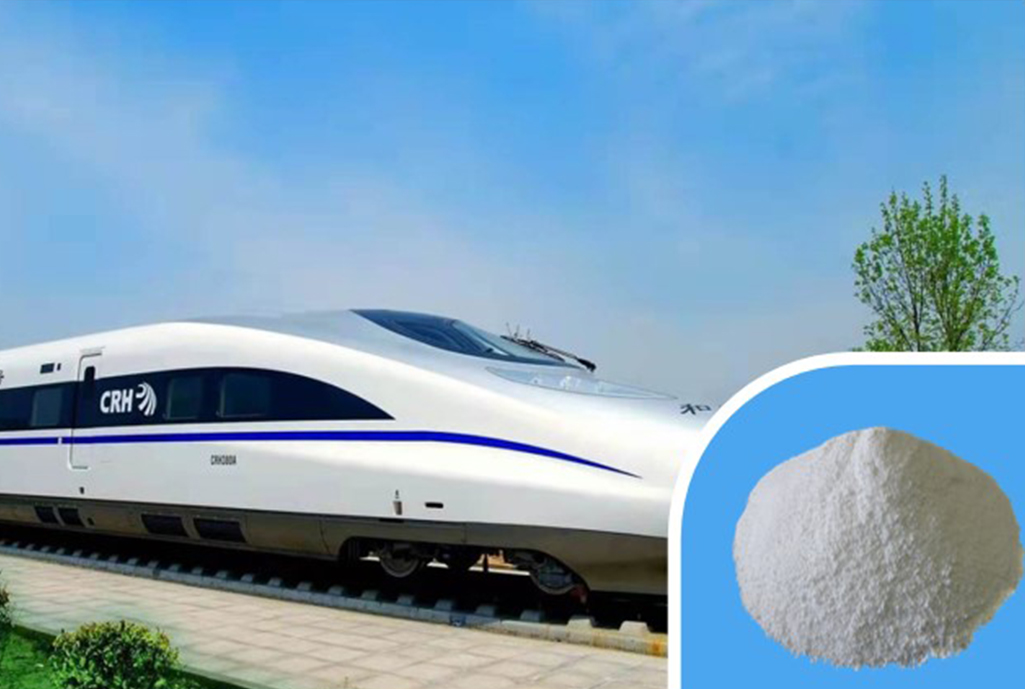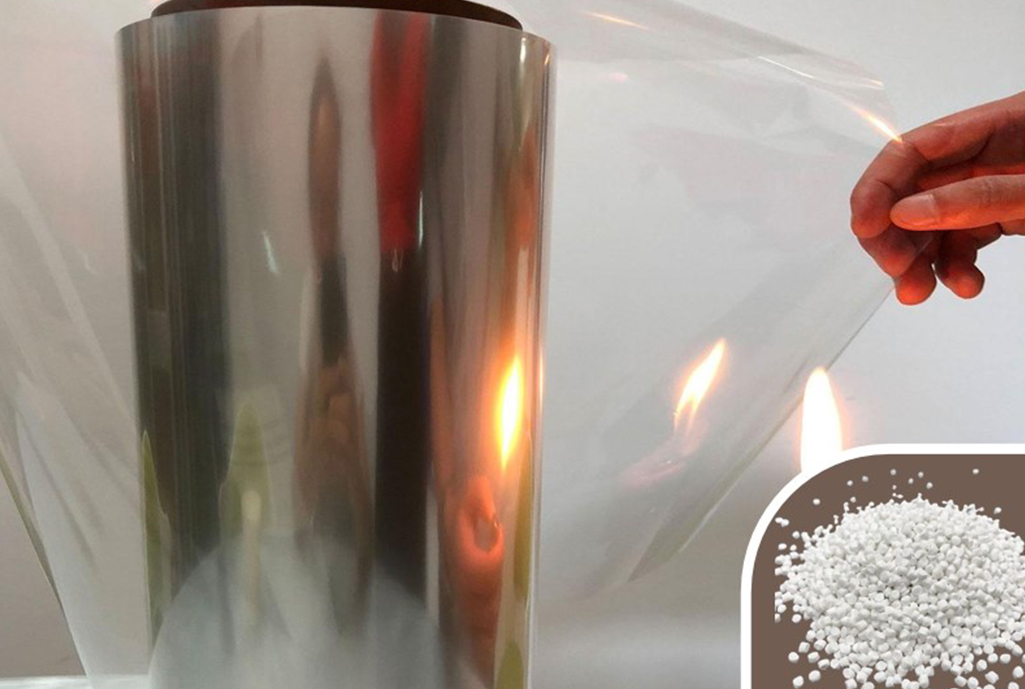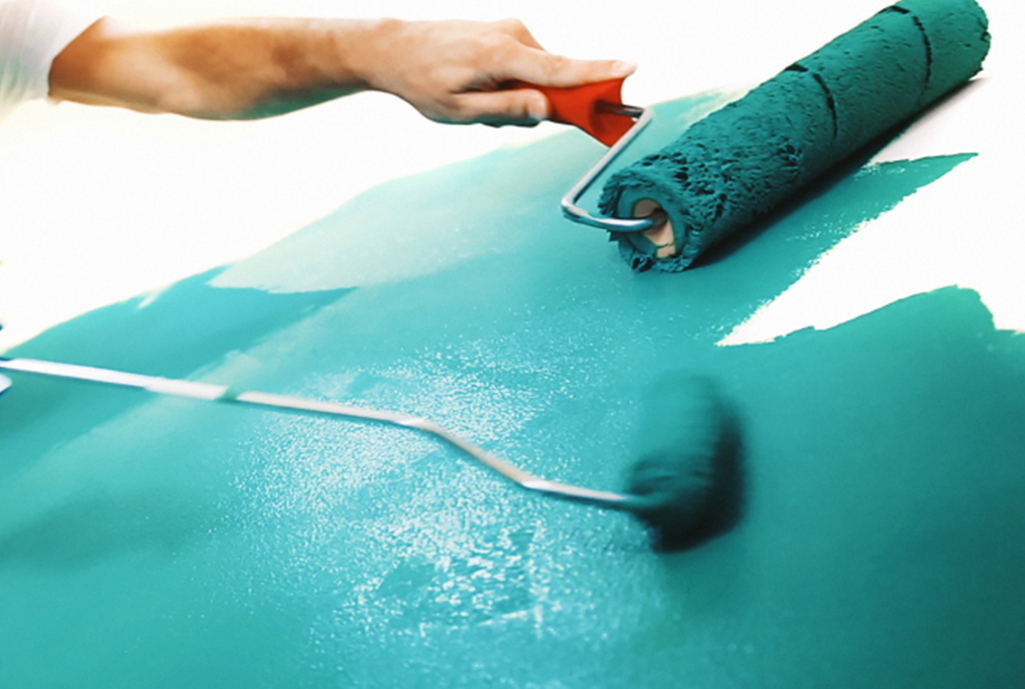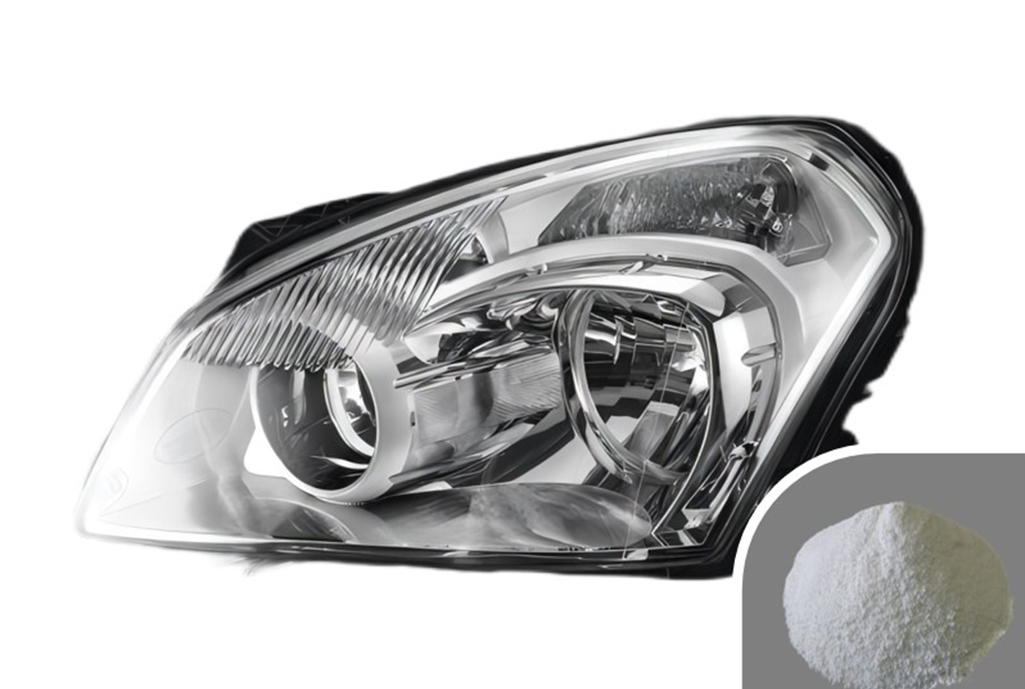What is melamine cyanurate used for?
2025-07-15
How Melamine Cyanurate Works as a Flame Retardant
The flame retardancy of melamine cyanurate, or melamine-cyanuric acid adduct, is attributed to several key mechanisms:
-
Endothermic Decomposition: When exposed to heat, MCA undergoes an endothermic decomposition, meaning it absorbs a significant amount of heat from the burning material. This cooling effect helps to slow down or even stop the combustion process.
-
Gas Phase Dilution: Upon decomposition, melamine cyanurate releases non-combustible gases, such as ammonia and carbon dioxide. These gases dilute the concentration of flammable gases in the flame zone, further inhibiting combustion.
-
Char Formation: In some polymer systems, MCA can promote the formation of a char layer on the surface of the burning material. This char acts as a protective barrier, insulating the underlying material from heat and oxygen, and slowing down the release of flammable gases.
Applications of Melamine Cyanurate
Due to its excellent flame retardant properties, melamine cyanurate finds widespread use in a variety of applications, especially where halogen-free solutions are preferred. Some common uses include:
-
Polyamides (Nylons): MCA is extensively used in polyamides (e.g., Nylon 6, Nylon 66) for applications in electrical and electronic components, automotive parts, and textiles. Its effectiveness in these materials makes it a preferred alternative to halogenated flame retardants, which can release toxic and corrosive gases during combustion.
-
Polyolefins: While less common than in polyamides, melamine cyanurate can also be found in some polyolefin formulations (e.g., polyethylene, polypropylene) where specific flame retardant standards need to be met.
-
Thermoplastics and Thermosets: Beyond polyamides and polyolefins, this melamine-cyanuric acid complex can be incorporated into other thermoplastic and thermosetting resins to enhance their fire safety.
-
Cable and Wire Coatings: The need for flame-retardant materials in electrical cables and wires is critical for fire safety. MCA is often a component in such coatings, contributing to their ability to resist ignition and slow flame spread.

Advantages and Considerations
Advantages:
-
Halogen-Free: One of the most significant advantages of MCA is that it is halogen-free. This addresses environmental and health concerns associated with traditional halogenated flame retardants, which can produce dioxins and furans when burned.
-
Low Smoke Density: Materials containing melamine cyanurate typically exhibit lower smoke density during combustion compared to some other flame retardants, which is crucial for visibility during evacuation in a fire.
-
Good Thermal Stability: MCA generally possesses good thermal stability, allowing it to be processed at the temperatures required for many polymers without premature degradation.
Considerations:
-
Water Solubility: Melamine cyanurate has limited water solubility, which can be an advantage in some applications (e.g., preventing leaching), but a disadvantage if aqueous dispersion is required.
-
Processing Temperature: While generally stable, the processing temperature of the polymer system needs to be carefully considered to avoid premature decomposition of the MCA.
-
Synergistic Effects: Often, melamine cyanurate is used in combination with other flame retardants (e.g., phosphorus-based compounds) to achieve synergistic effects and meet specific flame retardancy standards.
In conclusion, melamine cyanurate is a crucial and versatile flame retardant that plays a vital role in enhancing the fire safety of a wide range of polymeric materials. Its halogen-free nature and effective flame suppression mechanisms make it a preferred choice in various industries.




















